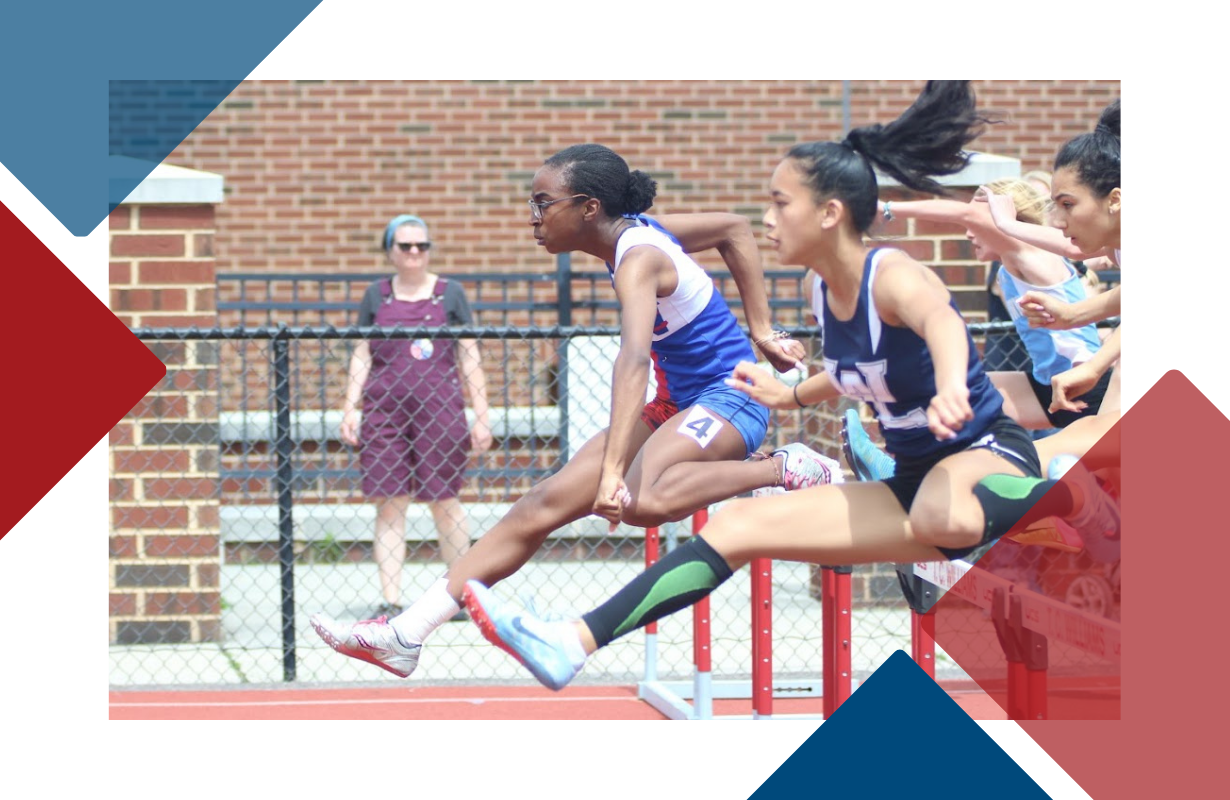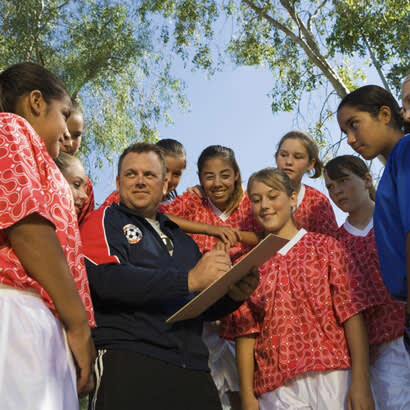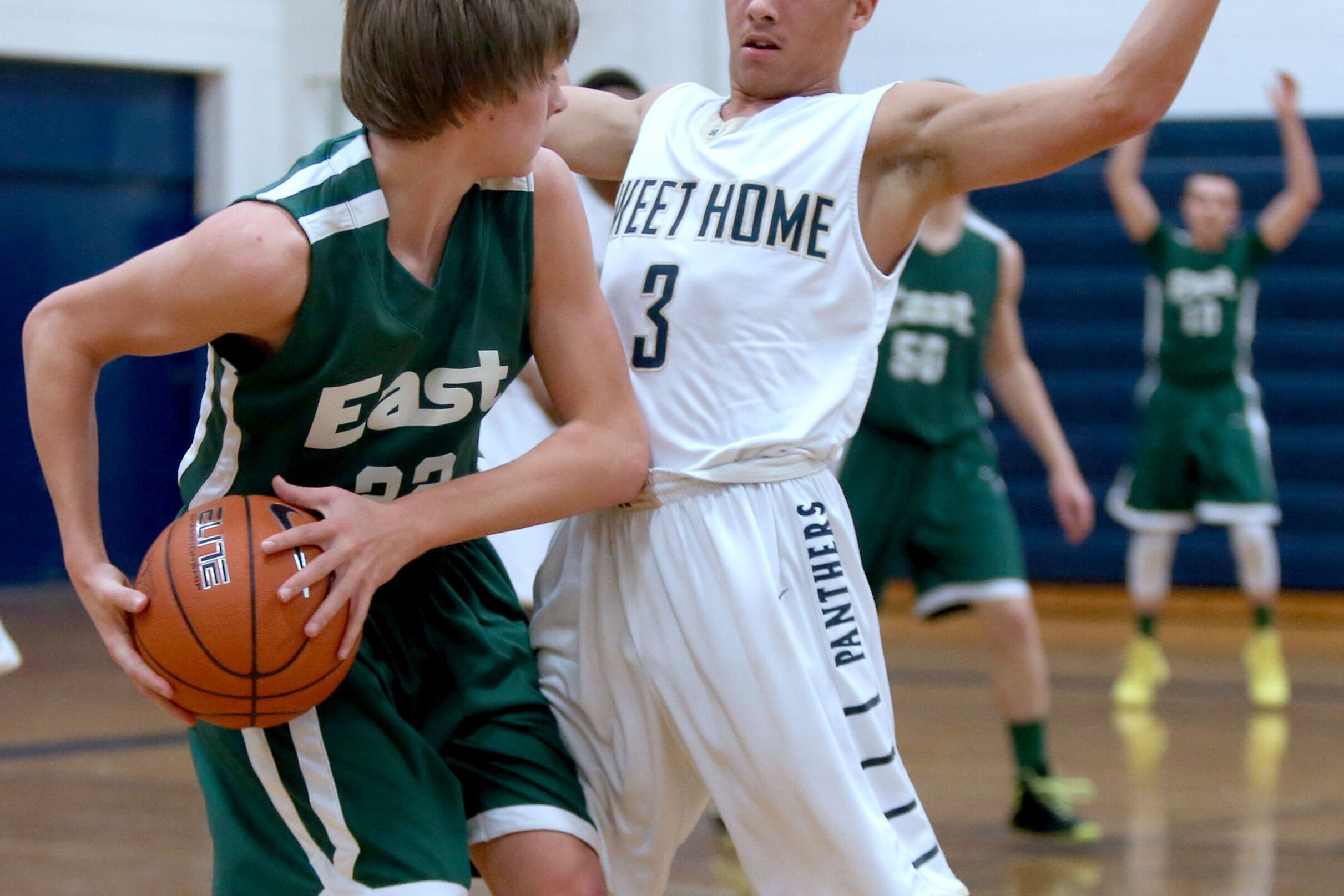What do kids need now from coaches during and after the pandemic? That’s the most important question every coach should be asking.
On April 22, the Aspen Institute’s Project Play hosted our third webinar, this one aimed at assisting coaches to help kids stay physically and emotionally healthy. Giving kids what they need will require coaches adjusting on the fly with new communication skills, team bonding ritual and coaching plans, including not rushing players back into a rigorous schedule once practices and competitions reopen.
Below are highlights from our discussion with experts from Hospital for Special Surgery and U.S. Soccer Foundation, along with two coaches who spoke with their athletes on what they need.
Safe physical activity and injury prevention
Tips from Dr. Andrew Pearle, Hospital for Special Surgery chief of sports medicine and New York Mets associate team physician
During shelter in place phase: “We suggest coaches promote low-risk activities for the spread of the virus. These are home activities. We suggest coaches leverage technology. Use Skype and Zoom for virtual training sessions. Kids should still try to do 60 minutes of physical activity per day. … During this phase, we want to emphasize movement quality, not just quantity. Injuries can be prevented by moving with the proper technique.”
When social distance restrictions ease: “In the shelter in place phase, parents supervise personal hygiene. As the restrictions are eased, it’s the coaches that are going to have to take the responsibility and promote handwashing as a way to prevent illness. They may need to ensure kids use face coverings and masks when possible. The coaches are going to have to change the way they structure practices by incorporating activities that allow players to be at a safe distance from others during physical activity and perhaps have practices plans that limit group sizes, such as staggering sessions.”
Return of high-risk organized team sports: “Importantly, we want to make sure coaches respect a gradual return to competitive activity, especially if there are condensed preseasons. We know that most injuries occur during preseasons, or early in the season, so our message is to not rush deconditioned athletes back into competition. … We encourage during the ramp-up to increase activity by about 10% each week.”
How to reconnect kids to physical activity: “Reconnect through Zoom, through text, picking up the phone. … News flash: Kids know how to connect sometimes much better than the coaches. They’re connecting through Fortnite. Coaches have to be adaptable and hip to some of these social media experiences that our kids can teach us about.”
Emotional safety and team bonding
Tips from Shaina Ross, U.S. Soccer Foundation program director
Be honest with kids and yourself: “This pandemic is causing many young people to experience toxic stress. … We need to be present. Children are processing this trauma every day and that shouldn’t be avoided or glossed over. Don’t pretend everything is perfect. Have an honest conversation with your athletes about COVID-19. But before you can do that, you need to honor your own experience in the pandemic. Take the time to process your own emotions and practice self-care. Young people take cues from you.”
Recognize different experiences for different kids: “Practicing social distancing and working from homes is, in many ways, a privilege. Less than one in five Black workers and one in six Latinx workers are able to work from home. … Access to things like food and the internet can’t be ignored if we expect to connect with players, so you need to be flexible. Meet your players where you are by asking questions of what they need.”
CALLING ALL COACHES
Project Play has updated our Calls for Coaches report with tips and checklists for coaches to support their young athletes’ social and emotional well-being during physical distancing.
New team bonding rituals: “As we go from shelter in place to social distancing, we need to reframe how we think about youth sports. Team bonding through high fives and huddles will need to change. Properly cleaning equipment and avoiding sharing snacks will be critical. Making sure your drills are small-sided and avoiding physical contact between players is going to be key. … Whatever your new sports programming looks like with social distancing, you must talk to your athletes about how and why your programming has changed. Work with them to create team boundaries around safety and then work with parents and caretakers to reinforce these new norms.”
How to talk with athletes: “The first thing you want to make sure is all of your questions are open ended. Often we ask, ‘Do you feel great?’ You want to ask, ‘How are you feeling,’ so you can actually get that information out of young people and not guide them to a specific response. Be patient. Recognize that it may take time for them to open up with you. … They’re going to express how they feel either way, even if it’s not verbally. It could come out physically or with their body language, so make sure that you’re observing not just what they say out of their mouths, but how they physically look so you have all of the inputs you need to understand what they’re facing.”
What players and coaches are saying
Tips from two young athletes and their coaches
Charlie Meyer, 8th grade soccer player, East Aurora, New York: “It’s definitely been really weird as my whole life has been scheduled around going to school and playing sports, and you feel powerless right now because you don’t really know what’s going to happen and you don’t know when you’re going to go back to your daily routine. It’s been pretty hard practicing without teammates. With teammates, you get motivation and they help you to train harder, and it’s harder to find that when you’re by yourself.”
Colton Bly, Charlie’s Western New York Flash soccer coach: “Questions I often get from my players are, ‘Coach, how do I develop a routine for myself? I’ve said to them, ‘If you dedicate these hours to school, these hours to (soccer) and homework, these hours to playing with friends and Fortnite, you’ll find that the days don’t drag on as much and you create some flow day to day. You’ll find yourself happier.’ At least that’s what works for me.”
Meyer: “The best way (coaches) can help is keep giving updates and assignments. We’re ready to do them. We don’t have much to do right now. Stay connected. Keep the team together. And make sure the team is doing OK.”
Bly: “If coaches are staying engaged, it’s going to keep the players excited to return and the players are going to know the coaches care. When it comes time for the players to return to the normal training environment, I feel like constant communication from the coach will make them excited to return.”
Kaya Freeman, 11th grade heptathlete, Detroit: “A lot of people are using Zoom (to communicate with players), which is very effective. But since a lot of kids are using it for school, we can get kind of tired of it at times. … My school coach, we have a captain group chat and he texts us every once in a while to meet on Zoom. My club coaches have been sending us workouts and just emotional support, and that’s really important.”
Michael Montijo, Kaya’s Michigan Racers track and field coach: “Typically during the spring, club coaches don’t interact with their athletes, so this is a unique opportunity for me to connect with both my club and high school athletes. The biggest challenge I’ve seen is there’s the seen and the unseen. Some kids are facing depression and they’re very good at telling you that. There are others who don’t share that with you because they might be shy and don’t want to be the only ones saying that. So, I find by having this connection now with them, I’m able to engage with them one-on-one and ask these important questions. I also encourage athletes to call each other. Check in on each other.”
Freeman: “I think (social media virtual challenges) add an element of fun around this time of crisis and you let loose a little bit and find some enjoyment in all of this. It’s some fun for athletes that are really struggling during this time.”
Montijo: “Athletes are asking themselves why? Why am I doing this training? So, we have conversations about what their goals look like – short-term goals and long-term goals, creating that vision so they have that target beyond the short term to get past those challenges.”
Do you have a topic that you would like Project Play to explore in future COVID-19 youth sports coverage? Email Jon Solomon at jon.solomon@aspeninstitute.org.






















